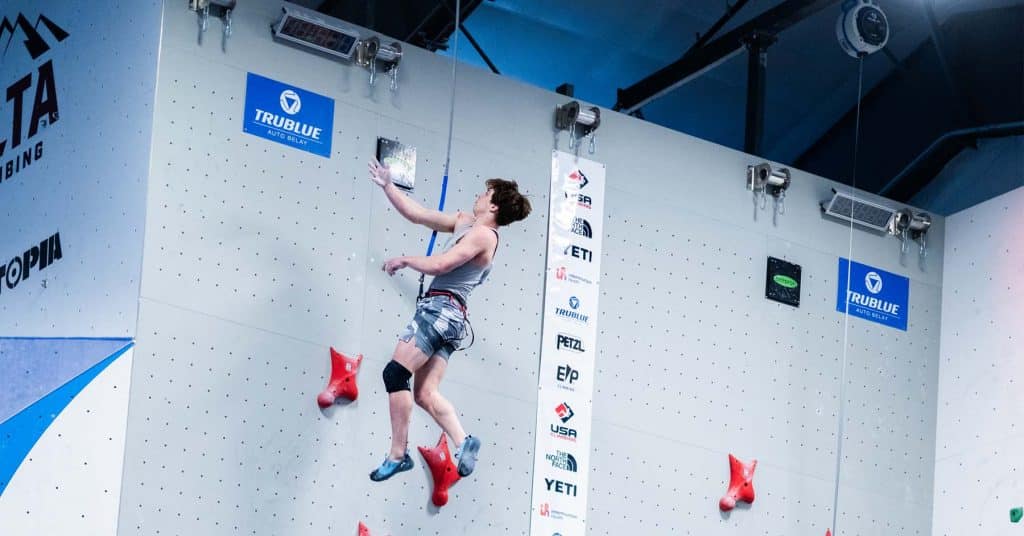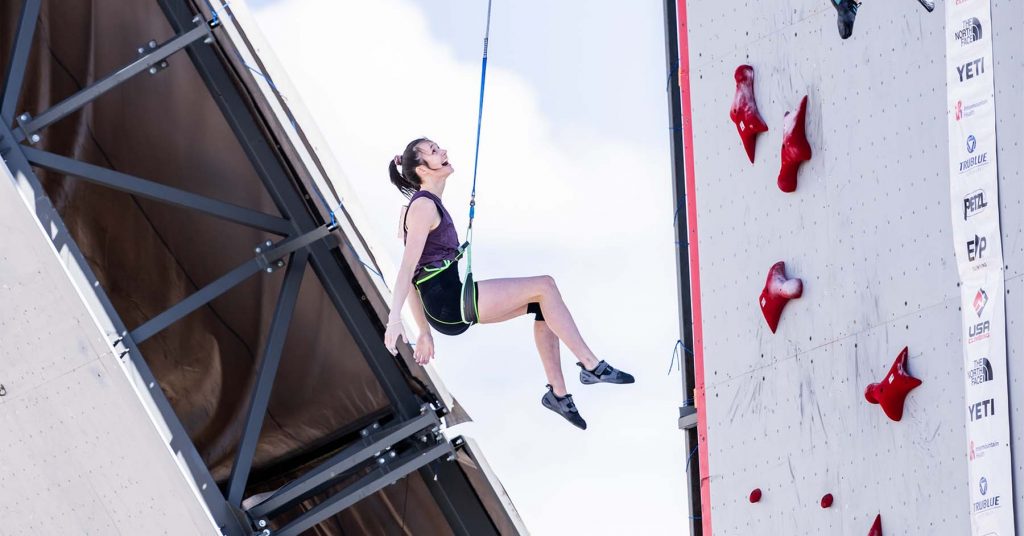Ascending up a 30 foot wall or hanging on the edge of a 100 foot cliff, rock climbing is our way of defying gravity and experiencing a challenge beyond the ordinary day to day. Climbing is an exhilarating and difficult sport that of course comes with some complex equipment and intricate techniques that seem foreign to those unfamiliar with the sport. Among these, belaying is one of the most important skills to know. So what is belaying? Belaying is a process used in climbing that typically uses a rope system to protect a climber in the event of a fall. The process of belaying involves equipment unique to its function and varies based on which belay technique is being used.
Belay Devices
There are three styles of belaying that each involve unique techniques and equipment: top rope climbing, lead climbing, and automatic belays. The top rope belaying technique requires a rope system anchored at the top of the climb and a partner to control the ropes upon decent and in the case of a fall. When lead climbing, the climber progresses with the rope and clips into periodic protection, eventually reaching the top of the climb. The automatic belay doesn't require a human partner and is completely controlled by the auto belay device.
The two main belay device types include automatic belay devices and manually operated belay devices. When belaying for top rope or lead climbing, a small belay device is clipped onto the belayer's harness which allows them to control the rope. There are many styles of manually operated belay devices, but tubular, assisted braking, and figure 8 belay devices are some of the most common.
Automatic belaying uses an auto belay device as an all in one system to provide protection for the climber. Auto belay devices typically use one of the two main braking techniques in their units; friction braking, hydraulic, or magnetic braking. Friction braking relies on centrifugal force to deploy brake pads and apply enough friction to slow the climbers decent. Just like brake pads in a car, they experience wear over time. Magnetic braking systems use this same centrifugal force to trigger opposing magnetic forces to slow the climber during decent instead of the direct contact required in friction braking. Magnetic braking technology is ideal in an auto belay device because there are no contacting parts, so it is low maintenance and longer lasting.
Belay Line
An important part of the belaying process is the belay line. No matter what technique of belaying one uses, a belay line is always present. The belay line is the cable, cord, webbing, or rope that is directly attached to the climber's harness. With an auto belay device, the belay line is a piece of webbing that connects the climber to the auto belay and supports them if they fall or when they are ready to lower off a route. In top rope and lead climbing, the belay line is a rope and provides the same "safety net" function as in the auto belay, but the rope is controlled by the belayer at the ground level. The belay line is a vital part of the belaying process and the way it works varies depending on what belay style and device are being used.
While a standard belay device is very simple in design, it takes time to learn proper belay technique. On the other hand, an auto belay is very complex internally but only takes minutes to learn how to use. How does an auto belay work? The TRUBLUE Auto Belay utilizes a patented magnet braking technology to maximize user comfort and overall function of the device. The TRUBLUE is the only auto belay that uses magnetic braking, and this is one of the reasons it is the most popular auto belay in the world. It's cool science put to great use for the climbing industry. Check out a demonstration of eddy current magnetic braking in action to see for yourself.



